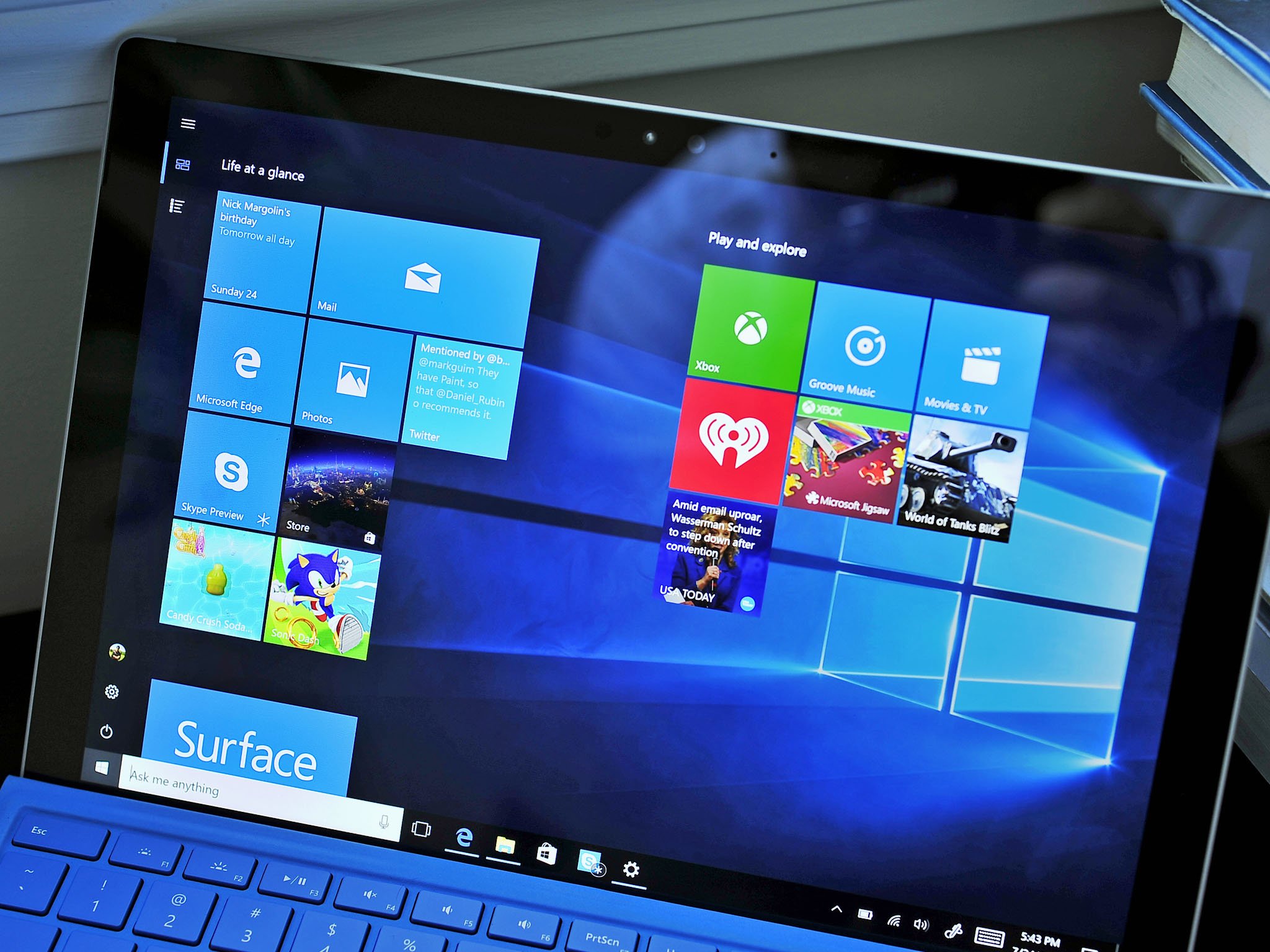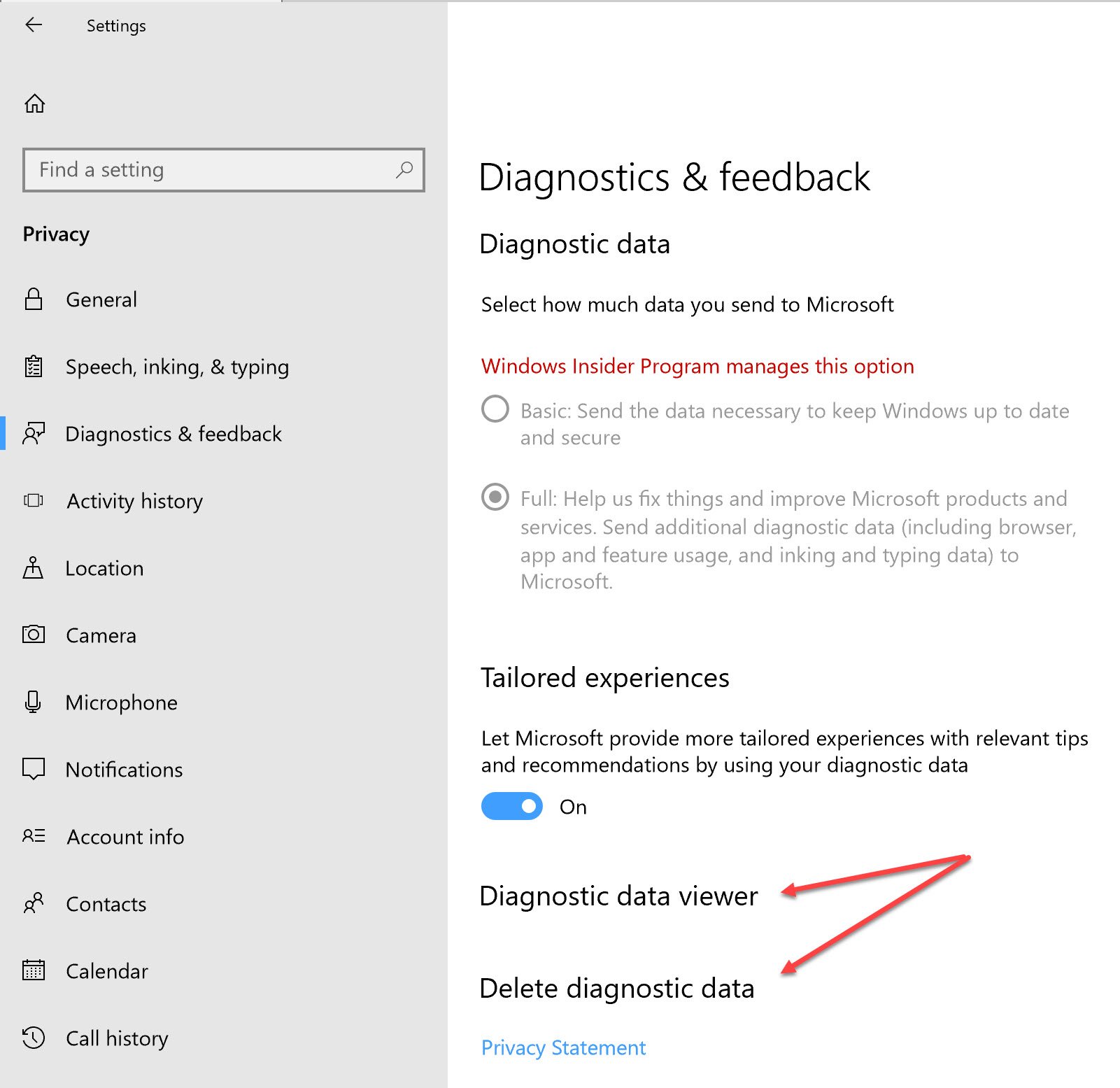Hints of new Windows 10 privacy tools spotted in recent Insider builds
More transparency-focused privacy tools appear to be on the way in the next major Windows 10 update.

Microsoft has been gradually adding more privacy controls with each successive update to Windows 10, and it looks as if that's set continue in the next big update. Recent Windows Insider builds have included two new settings, neither of which is active yet, which appear poised to improve transparency about the telemetry data that Microsoft collects.
As spotted by ZDNet, the "Diagnostics & feedback" section of the setting menu now contains headings for a Diagnostic data viewer, as well as an option to delete diagnostic data. Both are placeholders for the moment, but they'll presumably allow you to easily view what kind of diagnostic data Microsoft has collected on your machine, and delete it if you choose to do so. The headings have been present in Insider builds 17063 and 17074, according to ZDNet.

This has been a particular point of contention for privacy organizations, even leading to formal complaints from a French regulator over allegations that Windows 10 collects "excessive data." The regulator later dropped its complaints, citing Microsoft's steps to reduce the amount of data collected by default and to give users more granular control over what data is collected. The two new settings, if they make it to the release of the next update, appear poised to make Windows 10 more transparent in terms of the data it collects.
Some other, smaller changes to privacy settings have also popped up in recent Insider builds. The "Diagnostics & feedback" tab itself has been moved to a more prominent position, instead of at the bottom of a long list in the privacy settings menu. Additionally, the "Speech, Inking, & Typing" tab features a new "View User Dictionary" option that shows your saved dictionary words.
Ahead of the release of recent major Windows 10 updates, Microsoft has provided deep dives into how it improved security and privacy settings. It's likely we'll see a more detailed look at the changes coming ahead of the next major update release, expected this spring.
All the latest news, reviews, and guides for Windows and Xbox diehards.

Dan Thorp-Lancaster is the former Editor-in-Chief of Windows Central. He began working with Windows Central, Android Central, and iMore as a news writer in 2014 and is obsessed with tech of all sorts. You can follow Dan on Twitter @DthorpL and Instagram @heyitsdtl.
